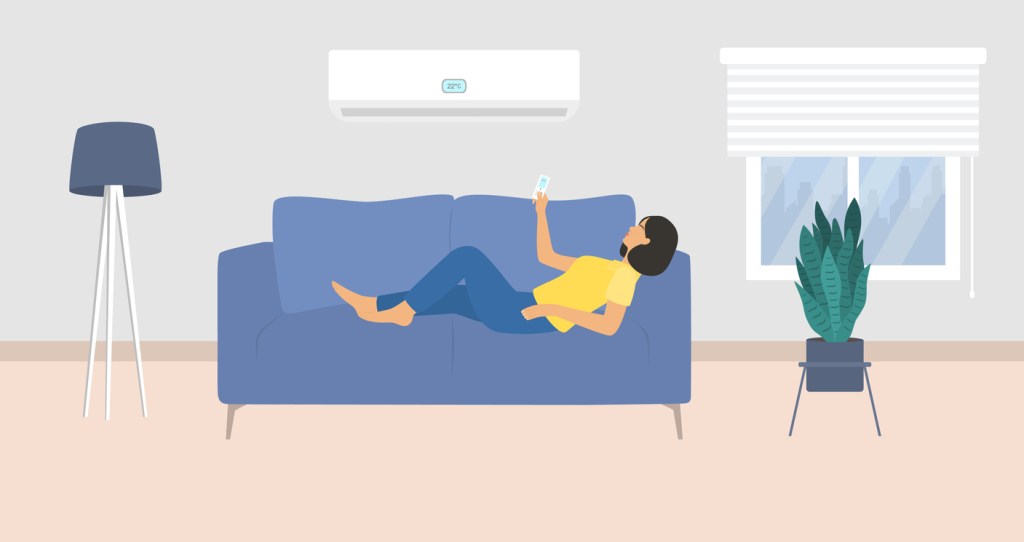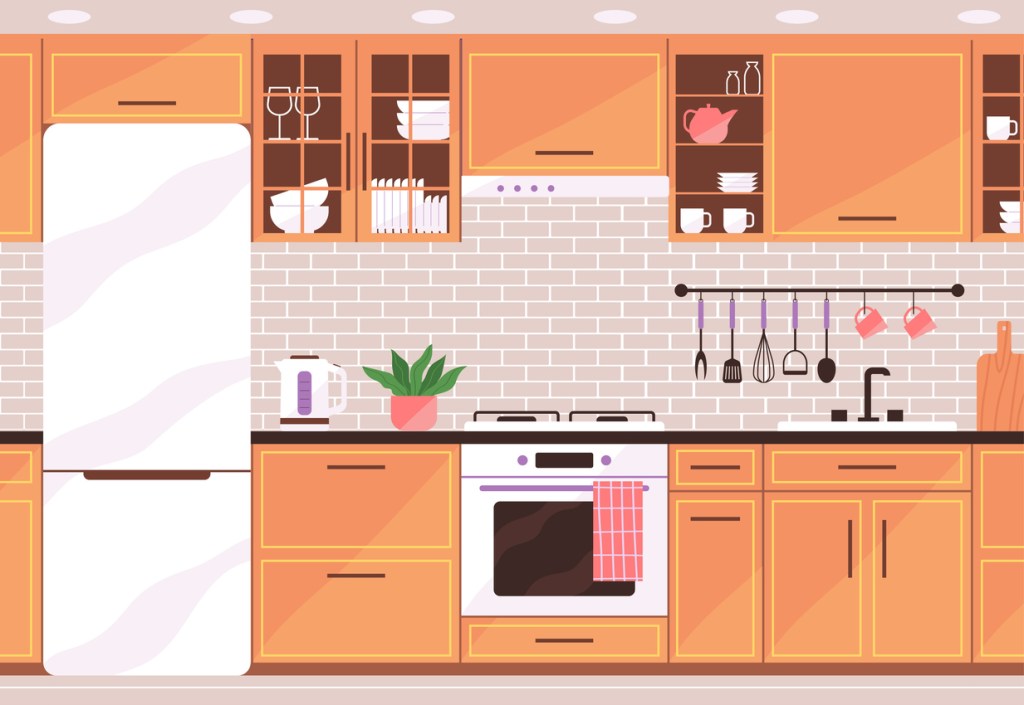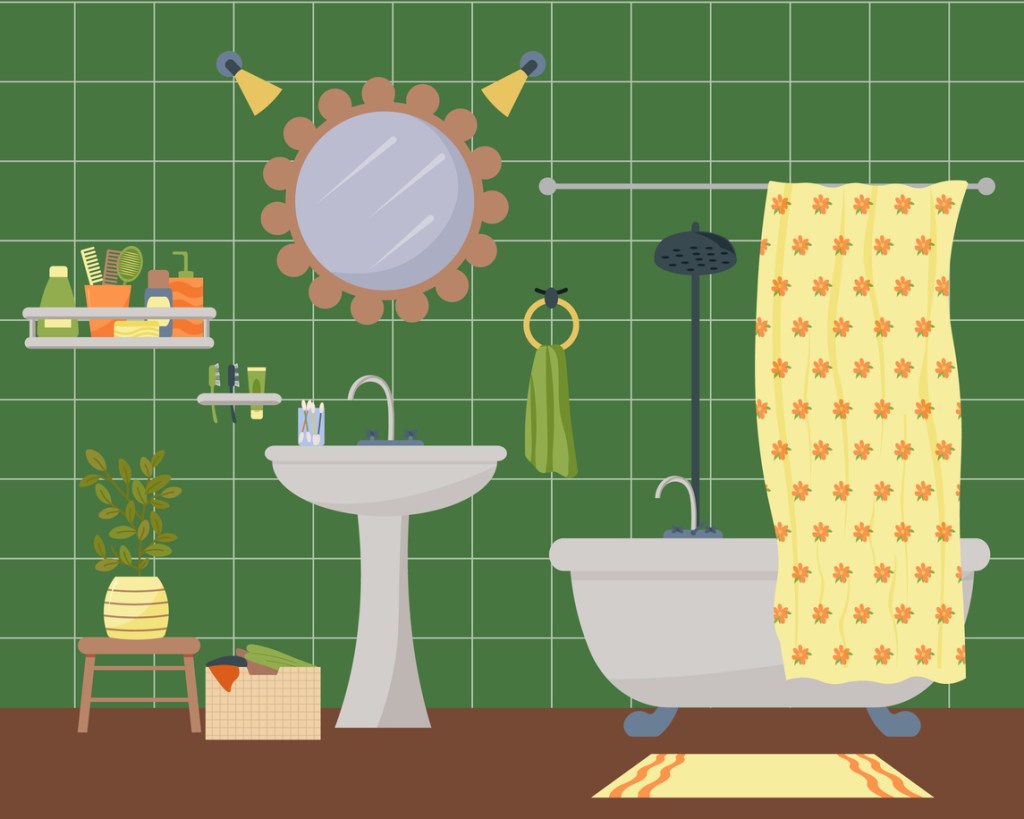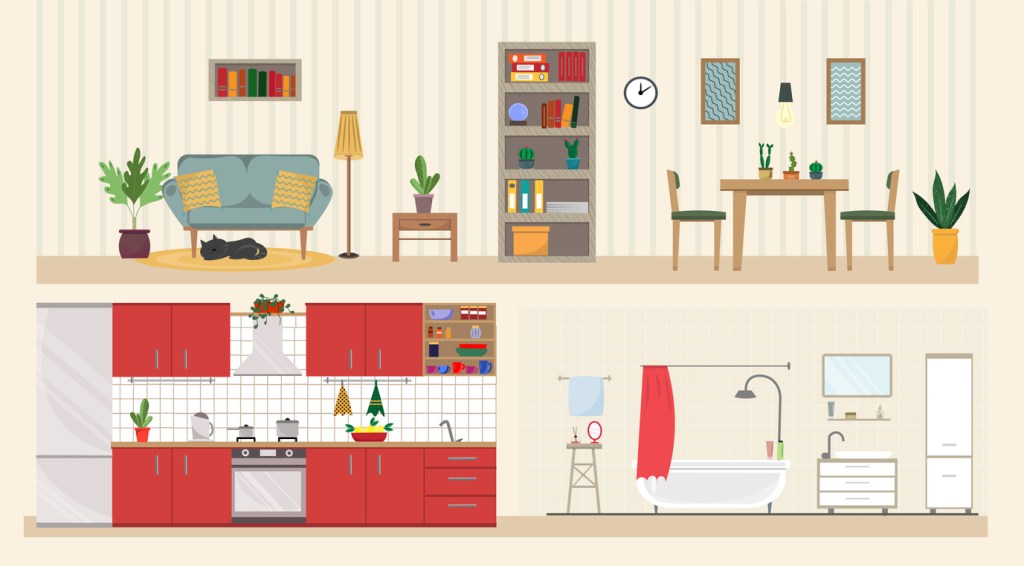Recommendations are independently selected by our team but may result in a commission to Nice News which helps keep our content free.
At Nice News, we’re all about buying things that last, repairing things that break, and repurposing things into other things. But as life would have it, some things simply need to be replaced every now and again — whether for safety reasons, cleanliness, or effectiveness.
Sometimes it’s obvious when an item has run its course, say, a sponge starts to smell or a towel begins to wither away. But other times, products stop working slowly over months or even years without visible signs of wear and tear (e.g. fire extinguishers). Either way, we know it’s a tall order to stay on top of everyday household to-dos, let alone keep up with each item’s replacement schedule. So below, we’re giving you the lowdown on common housewares that need swapping out more often than you might think.
Tip: Consider setting reminders on your phone for when items are approaching their expiration dates.
General Essentials

Air Filters
Air purifier filters are game changers for keeping our spaces fresh and our lungs as healthy as possible. But they need to be regularly replaced in order to do the best job they can at trapping dust, allergens, and pollutants. And when HVAC filters are clean, they can reduce home energy bills.
The timeline to switch out filters ranges depending on the type and brand, as well as your personal circumstances (if you have pets, for example, or if someone with asthma lives in the home). Generally speaking, HVAC filters need to be replaced every 60 to 90 days or so, while filters for standalone purifiers (like Blue Air or Molekule) should be swapped about every six to nine months. Make sure you familiarize yourself with your appliance’s guidelines — and when in doubt, open it up and take a look to see if the filter is dirty.
Shop: Amazon | Blue Air | Molekule
Fire Extinguishers
As a rule of thumb, disposable fire extinguishers need to be replaced every 10-12 years. Rechargeable extinguishers generally have longer service lives but should be inspected and recharged every six years. And while you’ll hopefully never need to use one, the U.S. Fire Administration says it best: “Fire extinguishers can save lives and property.” So if you can’t remember when you bought yours, this is your sign to go check. There should be a label on the bottom or side of the extinguisher with the manufacturing date.
Shop: Amazon (disposable) | Amazon (rechargeable)
Smoke and Carbon Monoxide Detectors
Smoke and carbon monoxide detectors can be lifesaving tools, serving as crucial early warnings in the event of a dangerous situation, such as a fire or gas leak — but they don’t last forever. First Alert recommends replacing smoke detectors every 10 years and combo carbon monoxide detectors every seven years (so if you have a combo unit, you’ll want to swap after seven). For units powered by replaceable batteries, the National Fire Protection Agency recommends installing fresh batteries at least once a year.
Tip: Smoke and carbon monoxide alarms should be installed (and regularly replaced) on every level of your home, including the basement, as well as in and outside of every bedroom.
Shop: Amazon
Kitchen Essentials

Sponges
Real talk: Sponges are hotbeds of bacteria. Research shows they can harbor salmonella, staphylococcus, and E. coli (eep). And the American Society for Microbiology found harmful bacteria can survive for up to 16 days on a kitchen sponge (double eep). Want to avoid this grimy situation? Rinse, wring out, and let them dry after every use, and replace them weekly or every other week — or, as MarthaStewart.com advises, “at the first sign of damage or odor.” Grab some sponges to have on deck at the links below, and check out this handy over-the-faucet holder to help keep them dry and bacteria-free longer.
Shop: Grove | Anthropologie | Amazon
Dishcloths
On a similar note, dish towels are no strangers to germs. Luckily, laundering them regularly and using a fresh one every day will help keep you clear of unwanted bacteria, per CBS News. However, the more you wash a towel, the more likely it’ll fray or become less absorbent. When this happens, it’s probably worn out its welcome in the kitchen, but may still be useful for garage or outdoor projects. For an eco-friendly (and highly absorbent) alternative to paper towels, we’re partial to these Swedish dishcloths, which can be washed in a microwave or dishwasher.
Tip: It’s best hygiene-wise to have towels for different uses — a towel for drying hands, a towel for wiping surfaces, a towel for drying dishes, etc.
Shop: Food 52 | Anthropologie
Cutting Boards
Whether to use plastic or wood cutting boards is an area of hot debate (in terms of sanitation, it’s more important to use one for meat and poultry and another for uncooked foods), but regardless of which you opt for, you’ll want to keep an eye on their condition. If the grooves from your knife-work get too deep and numerous, bacteria are better able to roost inside them, and harder to clean out. The USDA recommends discarding boards when this happens — though, how often that is will depend on how often you cook. Wood tends to last longer than plastic, which should be replaced every one to five years.
Shop: Material | Amazon | Public Goods
Water Filters
To keep water safe and tasting great, it’s generally recommended to replace your refrigerator’s water filter once every six months. For carafe-style filters (like Brita and LifeStraw), it’s typically best practice to swap out filters every two months. As with air filters, be sure to follow guidance for the specific model you use.
Shop: Amazon (Whirlpool) | Amazon (Brita) | LifeStraw
Related: Houseplants for Your Health: 6 Indoor Plants That Can Improve Your Well-Being
Bathroom Essentials

Shower Curtain Liners
A study found that the germiest place in a bathroom is a shower curtain — nope, not the toilet! Turns out, all kinds of bacteria can grow on shower curtains, as well as mold, which thrives in damp environments that don’t get a lot of air ventilation (like a bathroom). Most manufacturers recommend changing a shower curtain liner once it’s hit the six-month mark or starts to show visible signs of mildew. In between replacements, it’s best to get in the habit of wiping it down with a disinfectant.
Shop Liners: Anthropologie | Amazon
Shop Shower Curtains: Quince | Anthropologie | Amazon
Toilet Brushes
A toilet brush just might be the least exciting item to replace on this list, but it’s nevertheless an important one. The tool helps scrub away grime and dirt that build up in your toilet bowl, but it’ll stop serving its purpose if it becomes worn down and filled with bacteria. The Spruce recommends replacing toilet brushes twice a year or sooner if they become visibly damaged. Other signs it’s time to get a new one include persistent foul odor, discoloration, or the bristles getting bent out of shape.
Toothbrushes
A toothbrush works wonders for oral hygiene, but it is also a breeding ground for bacteria. Per the American Dental Association, you should replace toothbrushes (or toothbrush heads) every three to four months or sooner if the bristles become visibly frayed.
Tip: To keep your toothbrush as hygienic as possible, Healthline recommends running hot water over the bristles before and after each use.
Shop: Grove | Amazon (electric) | Amazon (biodegradable bamboo)
Loofahs
There’s nothing better than exfoliating skin with a loofah after a long day. But to make sure a loofah is doing your body good, it’s important to replace it regularly. Like sponges, loofahs can harbor bacteria in their nooks and crannies. Cleveland Clinic recommends replacing natural loofahs every three to four weeks and synthetic ones every two months or so. Any mold or a lingering odor are also sure-fire signs it’s time to get a new one.
Shop: Grove | Anthropologie | Amazon
Bedroom Essentials

Pillows and Pillowcases
Pillowcases do more than give our heads a comfy place to rest each night — they also absorb oils, sweat, and bacteria from our hair and skin. In 2013, bed company Amerisleep reported that pillowcases that hadn’t been washed in a week contained around 3 million bacteria per square inch, roughly 17,000 times more than the average toilet seat. To avoid this stuff of nightmares, it’s best to wash your pillowcases every week and replace them altogether every one or two years, according to trusty MarthaStewart.com.
On that note, some sleep experts recommend swapping out pillows every year or two to ensure they’re supportive, hygienic, and allergen-free. If your pillow feels flat or lumpy, or you wake up with neck or shoulder pain, you might be due for an upgrade.
Shop Pillowcases: Quince | Cozy Earth | Grove
Shop Pillows: Casper | Coop | Amazon
Sheets
Sheets can accumulate thousands of dead skin cells, dust mites, and even fecal matter, according to Healthline. While weekly washes will keep them nice and clean, some experts recommend replacing your sheets entirely every 18 to 24 months. But if you (like me) sleep with a pet, you may want to be even more liberal with your washing and replacing schedule.
Shop: Quince | Cozy Earth | Anthropologie
Bonus: Other Items That Should Be Replaced Semi-Frequently
Hot water bottle: two to three years | Amazon
Surge protectors: two to five years | Amazon
Bath towels: two to five years | Quince
Reusable earplugs: three to six months or more | Loop
Mascara: four to six months | Ilia
Makeup sponges: three months | Grove
Related: Safety First! 15 Home Emergency and Security Essentials to Have on Hand












